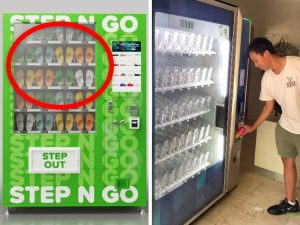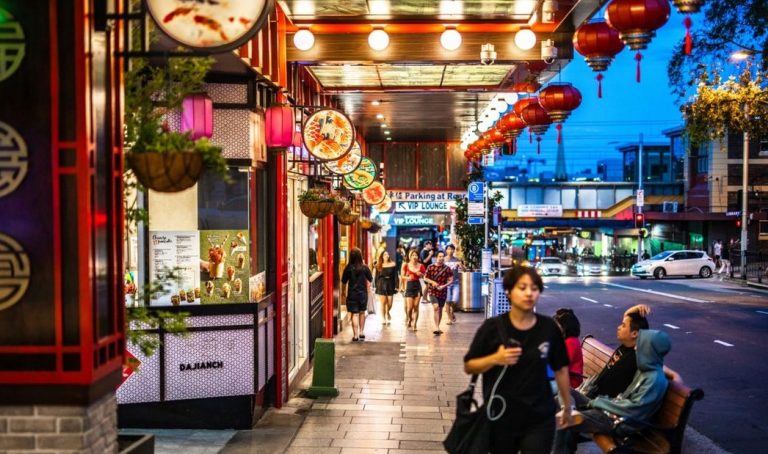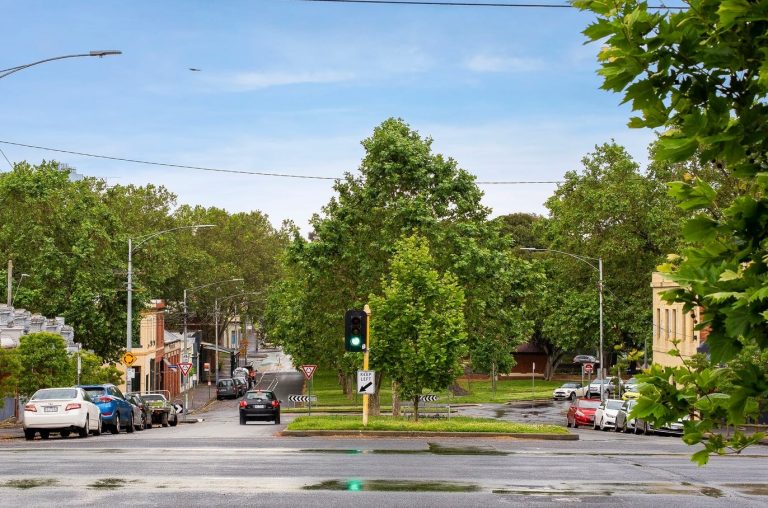Green buildings: how good light can help business

With staff costs by far the greatest business expense for most organisations, a small increase in productivity can make a big difference to a company’s bottom line. This is why, around Australia, companies are choosing to operate from green buildings with good indoor environment quality (IEQ).
These companies recognise that the attributes of good IEQ – fresh air, natural light and individual control of workspace lighting and temperature – aren’t just ‘nice to have’.
They are an essential ingredient in a productive workplace.
Let there be light
While not every owner has the budget to embark on a large-scale retrofit program to improve a building’s IEQ, a lighting upgrade can be one of the most cost-effective ways to reduce energy consumption, save money and improve workplace productivity.
The Office Lighting KnowHow report, published in 2008, found that if poorly designed lighting distracts the average worker for only 1% of the time, this is equivalent to a US$5 per square foot annual loss.
Fresh air and natural light are essential ingredients in a productive workplace.
Efficient lighting can reduce energy costs by as much as 80%, is not more expensive to install than less efficient alternatives and lasts much, much longer.
Start by undertaking a lighting audit and consider replacing lights that flicker, glare or render colour poorly with energy-efficient LEDs in corridors and motion sensors in offices, meeting rooms and closed spaces.
Engage with your tenants during this process, as sometimes a lighting scheme may not be in harmony with furniture layout.
Change fittings to help green buildings
In addition, lights may have been positioned where they are not needed. If this is the case, simply removing one tube from a twin tube fitting, for example, can reduce power and costs without looking unsightly.
Efficient lighting can reduce energy costs by as much as 80%.
Although these are obviously ‘quick wins’ towards green buildings, it’s important to realise that changes do not have to be extensive or expensive.
Help your tenants understand how they can make the most of daylight. Eliminating unnecessary partition walls and repositioning furniture to gain best access to daylight and views can make a huge difference for very little cost.
Seek help with costs
There are funding opportunities, known as Environmental Upgrade Agreements (EUAs), to help owners improve the environmental performance of their buildings.
A lighting upgrade at 10 Valentine Ave in Parramatta under an EUA, which involved replacement of all original light fittings with energy efficient options, has vastly improved the quality of the office space, cut emissions by 550 tonnes a year and will save the tenant around 70% on energy costs – or around $130,000 a year.
The building owner also has a future-proofed asset that will be a more attractive option for tenants for many years to come.
Read more: Sustainability: why building maintenance is like tuning a car







